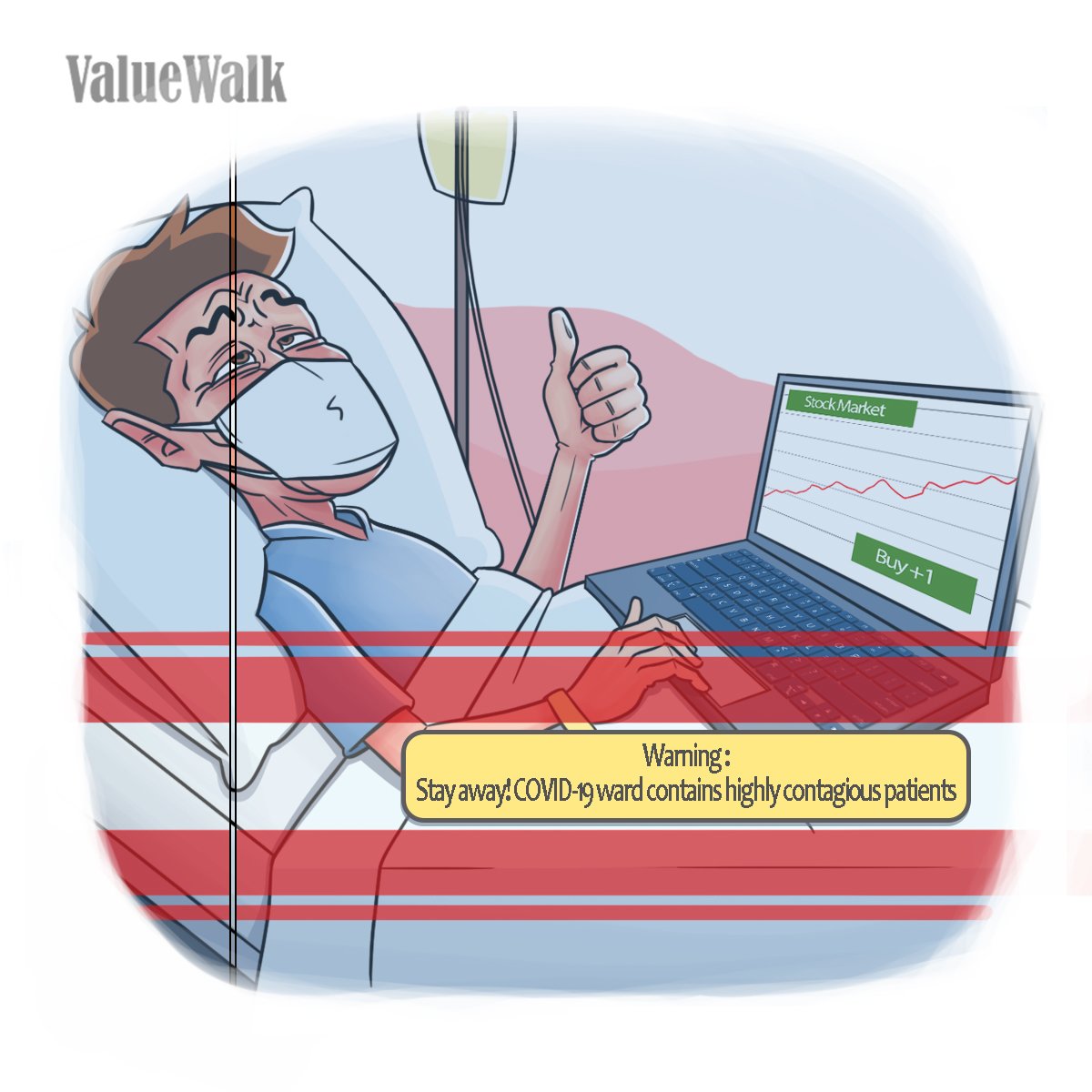Prominent value investors led a wide-ranging and candid virtual conversation on Tuesday, May 12, 2020 about managing money during the COVID-19 pandemic, sharing their unique insights on market trends, the global economy, and key industries to watch. Dubbed “Invaluable Insights 2020, Managers Unplugged” the all-star roster featured active managers from Ariel Investments, Artisan Partners, Gabelli Funds, Harris Associates, Miller Value Partners and Southeastern Asset Management who collectively oversee more than $250 billion in assets and have an average of 34 years of experience.
Q1 2020 hedge fund letters, conferences and more
Value Investors Led Pandemic Conversation
Mellody Hobson, Co-CEO and President, of Ariel Investments moderated the event, which included Rupal J. Bhansali, CIO, International and Global Equities, Ariel Investments, Staley Cates, Vice Chairman, Southeastern Asset Management, Inc, and Mario J. Gabelli, CFA, Founder, Chairman and CEO, GAMCO Investors, Inc. David G. Herro, Partner and CIO, International Equity, Harris Associates, Bill Miller, Chairman and CIO, Miller Value Partners, Daniel J. O’Keefe, Managing Director and Founding Partner Global Value, Artisan Partners and John W. Rogers, Jr., Chairman, Co-CEO and CIO, Ariel Investments also featured.
A replay of the webcast conversation is available here.
Mario Gabelli of GAMCO Investors
The pandemic conversation opened with a lively speed round that covered several hot topics, including the likely shape of the U.S. economic recovery. Three managers predicted a U-shaped recovery while three others described a swoosh. Notably, Mario Gabelli of GAMCO Investors said, “because of a second wave, it will be a W with a swoosh; a slow, extended recovery.”
Rupal Bhansali of Ariel Investments
The managers briefly debated the historical comparisons of the Coronavirus crisis before drilling down on the broad economic trends. In trying to predict a recovery, Rupal Bhansali of Ariel Investments looked to China for guidance, stating that while there are green shoots, “People are extremely uncomfortable, psychologically, to pull away from social distancing. That has implications for consumer discretionary spending. People are very concerned about their income level and are being frugal. We are going to have a lot of ups and downs.”
Bill Miller of Miller Value Partners
When asked about the disconnect between recent economic news and market performance, Bill Miller of Miller Value Partners bluntly said, “The market predicts the economy, the economy doesn’t predict the market. The market is looking forward and we’ve had enormous stimulus.” He added “If things are getting better, then the market will be reasonably well underpinned as long as there is plenty of liquidity going around.”
Staley Cates of Southeastern Asset Management
Mellody Hobson followed up by asking the managers to shed light on any discomfort caused by the unprecedented market volatility. Staley Cates of Southeastern Asset Management argued “That’s our whole opportunity set. We try to coach that with our clients, that volatility is our friend. This is a time that really comes true. If you’re ready with a wish list, you sure love seeing it on the buy side.”
Dan O’Keefe at Artisan Partners
Adding some perspective, Dan O’Keefe at Artisan Partners said, “having been through a number of these downdrafts, they always end. The other side is always a lot greener than in the moment. My experience is that the worse it feels, the better the opportunity.” O’Keefe continued, “You have to remove yourself from the emotional volatility and focus on the long-term value.”
Ariel’s John Rogers
The pandemic conversation touched on the running battle between value and growth stocks. When asked about his outlook for the next decade, Ariel’s John Rogers confidently vouched for value, saying, “It’s so extraordinarily cheap. There are just extraordinary bargains there. I think it’s going to be a violent turn that will give value investors a great opportunity over the next decade.
David Herro of Harris Associates
David Herro of Harris Associates added, “There’s so much underexposure to these businesses. I don’t know exactly what the catalyst will be – probably some view of the light at the end of the tunnel in terms of economic recovery. But when it does happen, I think it will be to value.”
More
Cates explained how Southeastern comforts clients through these unprecedented moments, saying “One of the performance patterns that we have also seen in past crashes, is that the funky things with hair on them that we all own that are undervalued, that’s not the flight to quality that everyone heads towards in the crash, but where we usually benefit is coming out of it.”
Asked about the ongoing active versus passive debate, Herro stated that both have a role to play, but touted the importance of active management, saying “the more money that goes into passive is, in a way, better for us. It creates market inefficiency, which we as active investors can deploy.”
Bhansali added, “Passive is the definition of a bubble; when a good idea is taken to an extreme. I’d much rather go with an active manager rather than invest in what I think is just a Ponzi scheme of more money flowing in. The market is driven by flows, not fundamentals. Eventually, markets always go back to fundamentals.”
The managers closed the event by diving into specific industries, including airlines, entertainment and retail sectors before closing with an entertaining speed round about how the pandemic has altered their day-to-day lives.
Gabelli dismissed concerns about a current lack of corporate earnings guidance. When asked broadly about research, a hallmark of value investing, during the pandemic, he added, “we as analysts should do the guidance and connect the dots that companies provide.”
O’Keefe characterized the unusual moment, saying “never in my career have I dealt with businesses where revenue is effectively going to zero.” When asked if this was harder, he added “it’s an extension of the work we always do as value investors to assess where the revenue comes from, what the risks are, what’s the cost structure, and how can this business perform in a stressed scenario.”
The dynamic 90-minute pandemic conversation can be seen in full here






